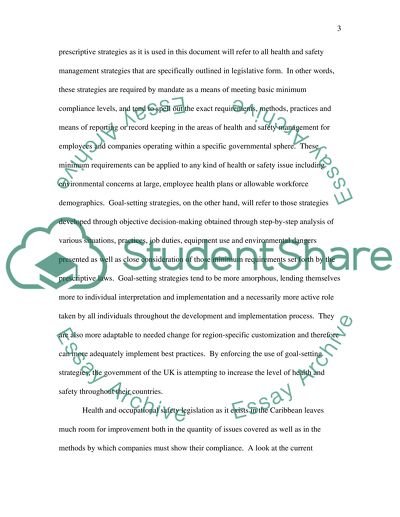Cite this document
(The Comparison of Health Systems in Great Britain and the Caribbean Essay, n.d.)
The Comparison of Health Systems in Great Britain and the Caribbean Essay. Retrieved from https://studentshare.org/health-sciences-medicine/1535652-report-on-health-and-safety-differences-between-carribean-and-uk
The Comparison of Health Systems in Great Britain and the Caribbean Essay. Retrieved from https://studentshare.org/health-sciences-medicine/1535652-report-on-health-and-safety-differences-between-carribean-and-uk
(The Comparison of Health Systems in Great Britain and the Caribbean Essay)
The Comparison of Health Systems in Great Britain and the Caribbean Essay. https://studentshare.org/health-sciences-medicine/1535652-report-on-health-and-safety-differences-between-carribean-and-uk.
The Comparison of Health Systems in Great Britain and the Caribbean Essay. https://studentshare.org/health-sciences-medicine/1535652-report-on-health-and-safety-differences-between-carribean-and-uk.
“The Comparison of Health Systems in Great Britain and the Caribbean Essay”, n.d. https://studentshare.org/health-sciences-medicine/1535652-report-on-health-and-safety-differences-between-carribean-and-uk.


